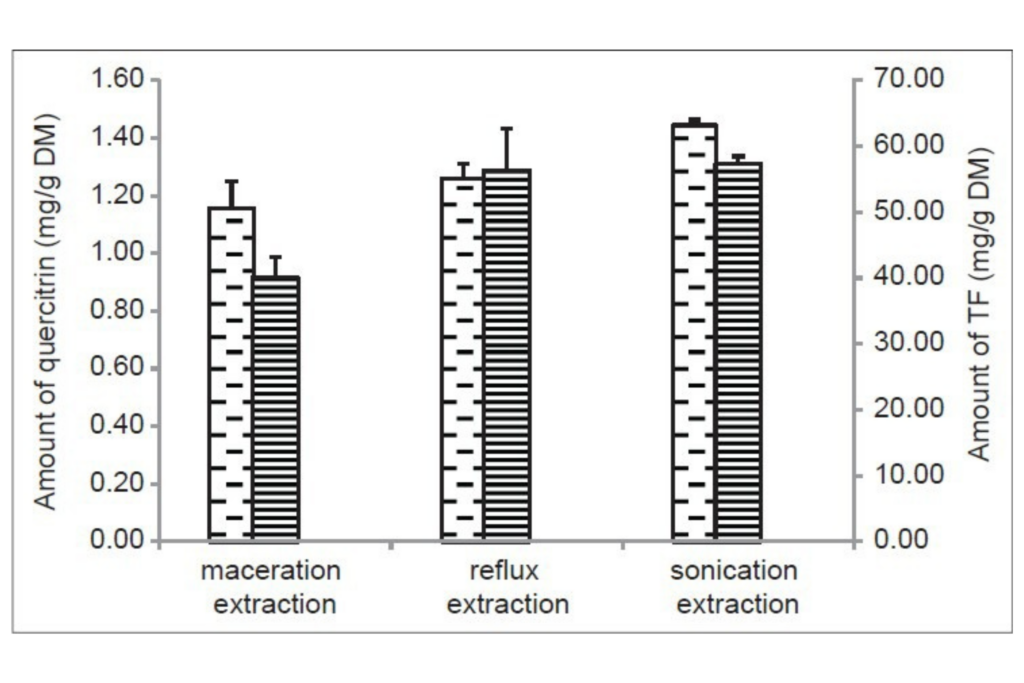Optimization of quercitrin and total flavonoids extraction from Herba Polygoni Capitati by response surface methodology
Polygonum capitatum, known as “Tou Hua Liao” (Chinese name), is a crucial source of Hmong medicinal plants that has benefited human health for a long time. This folk-medicinal plant is widely distributed in the south-west of China for the treatment of various urologic disorders including urinary tract infections, pyelonephritis, and urinary calculus.








